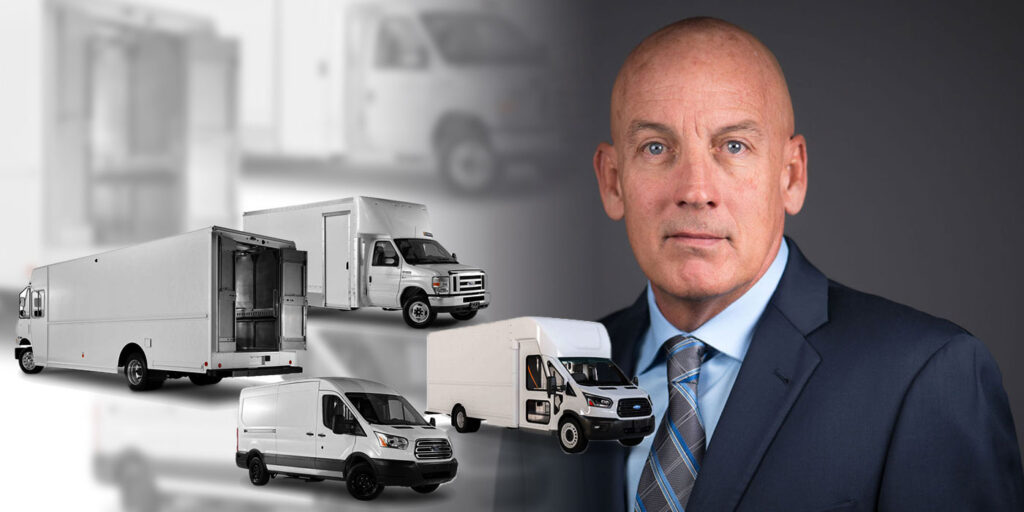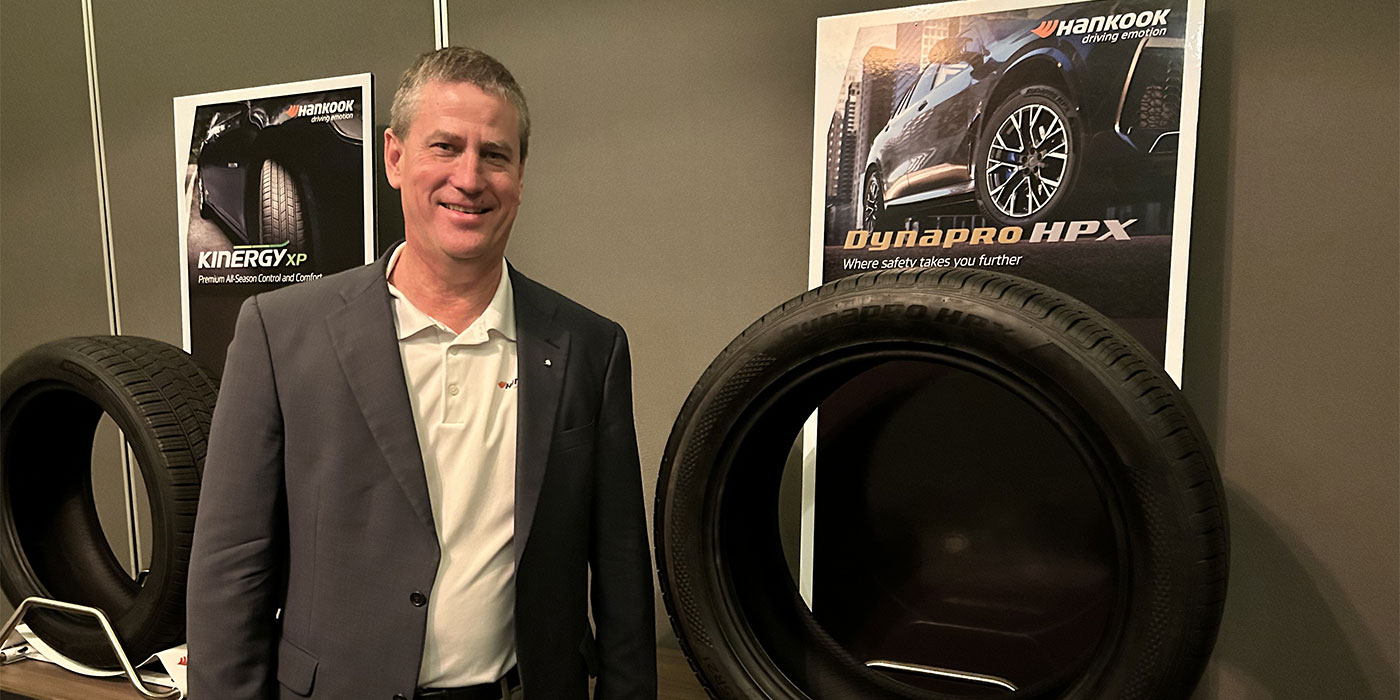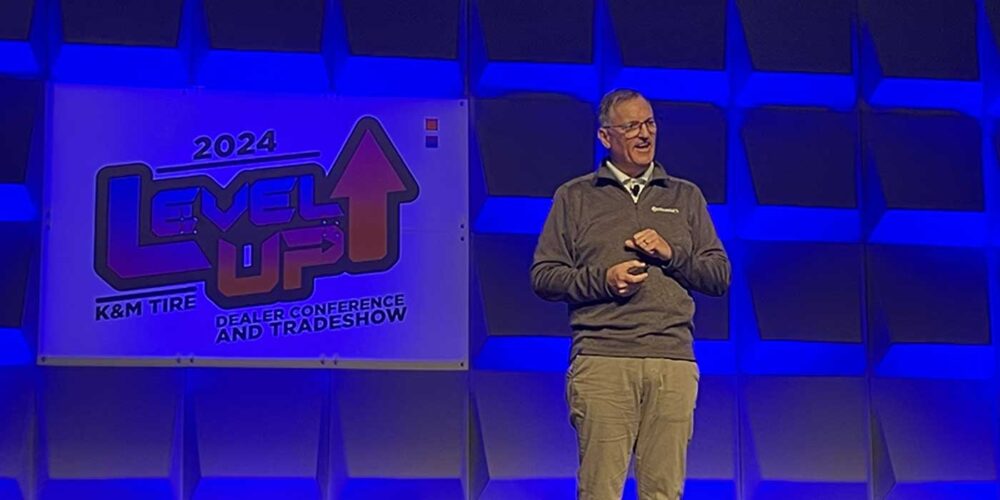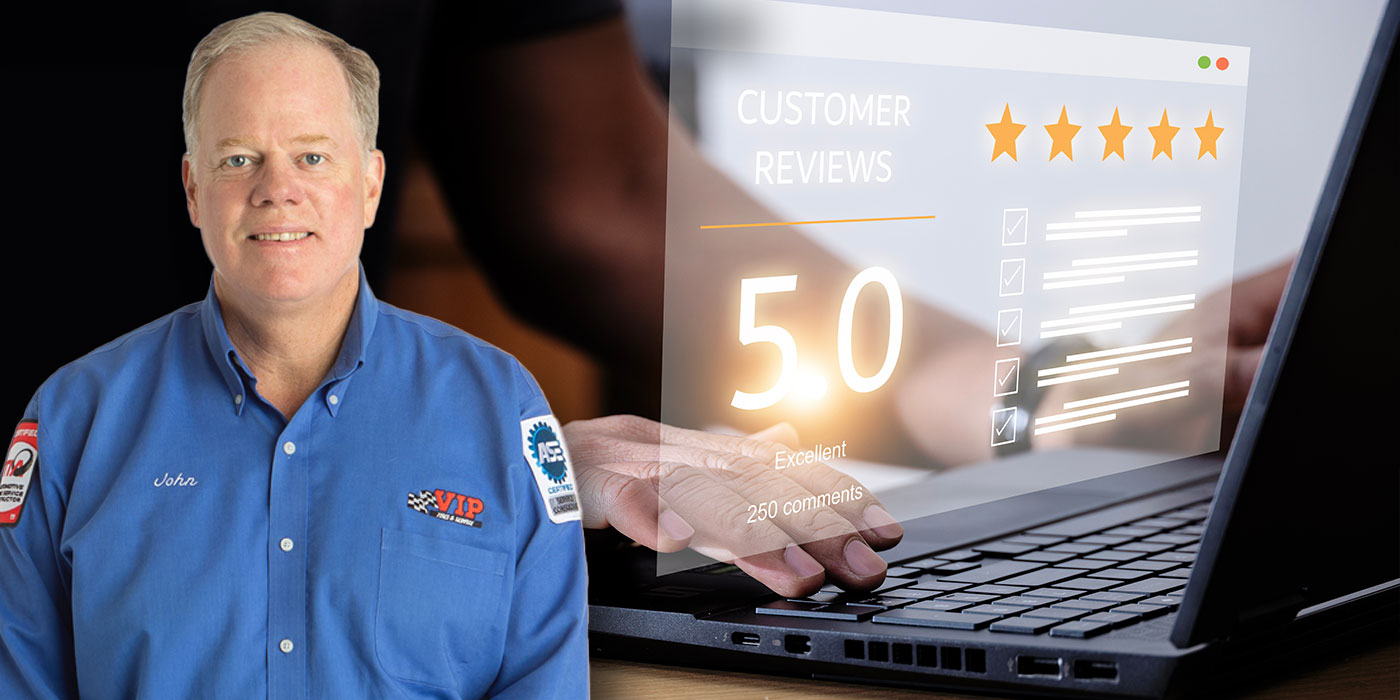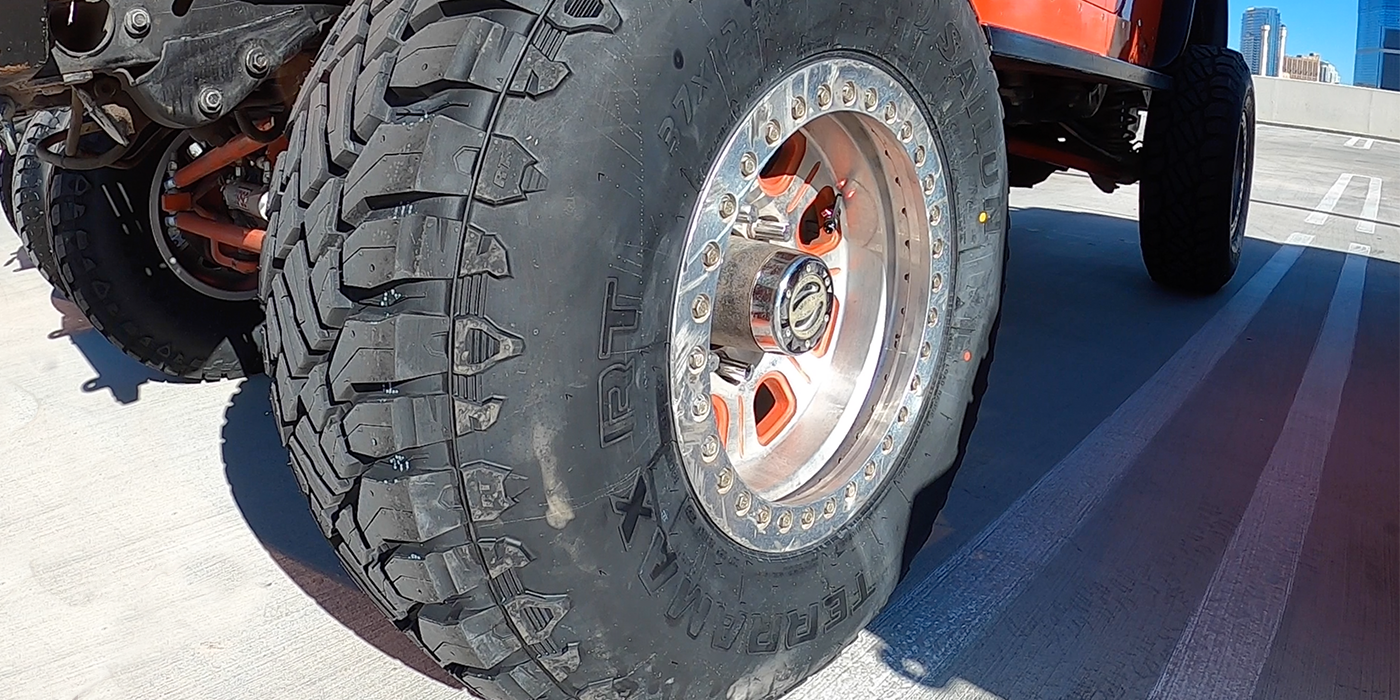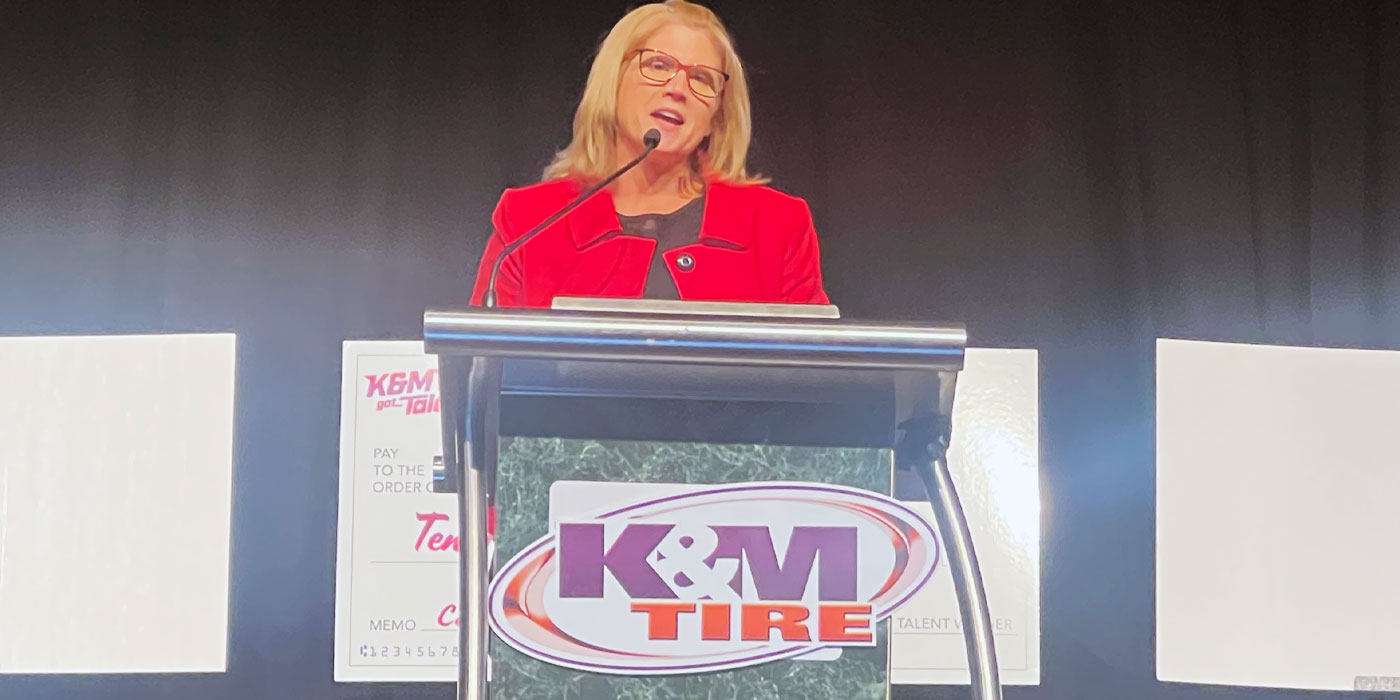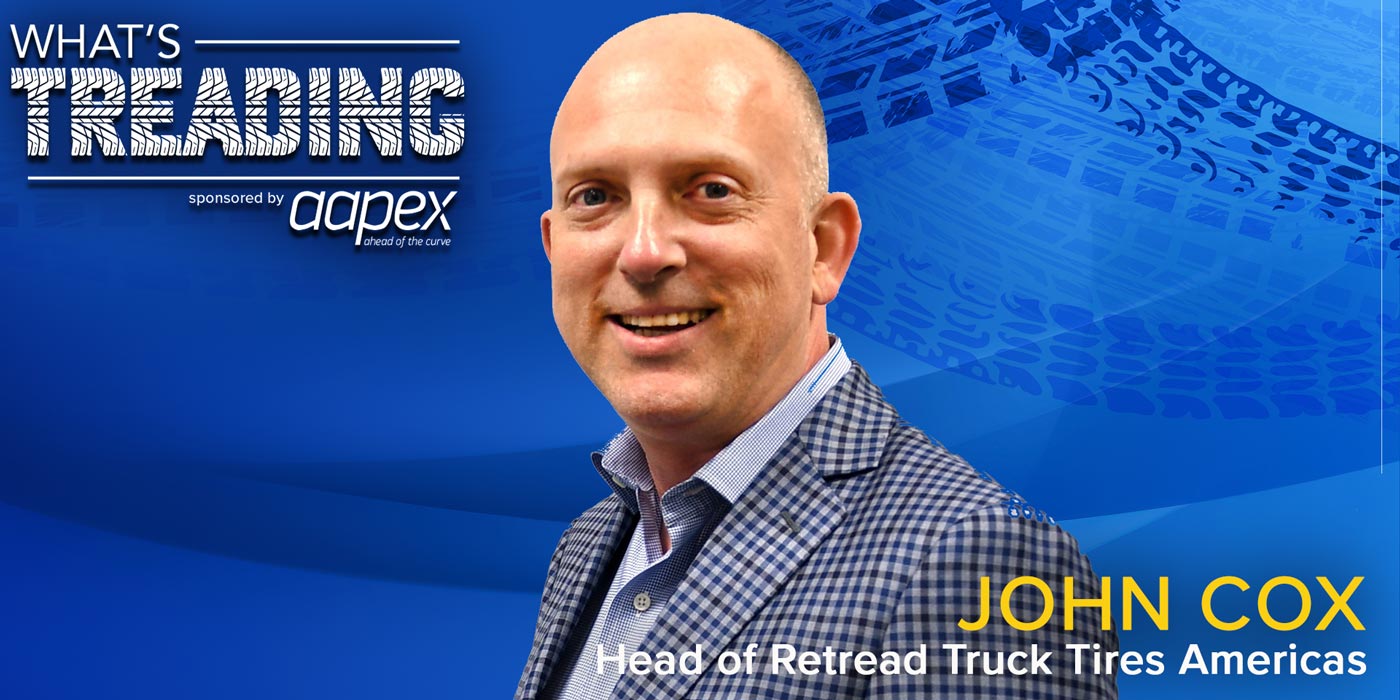Look at your window for an hour and, while your across-the-street neighbors are bound to wonder what’s wrong with you, you’re bound to spot a handful of last-mile delivery vehicles on their way to drop more cardboard at their next destination. UPS, FedEx, Amazon, DHL and the likes are all growing their last-mile operations, and in fact, research from The Shyft Group (which owns brands like Utilimaster, Royal Truck Body, DuraMag and Strobes-R-Us) suggests that the compound average growth rate for this application from 2021 through 2025 is going to be about 13%. Here’s another reference point: Last-mile delivery is projected to be a $90 billion industry by 2025. That suggests a fantastic opportunity for tire manufacturers to provide tire dealers with the latest and greatest in last-mile truck rubber-revolving technologies
Tires aren’t often developed in a bubble, though; third-party tire testers like the experts at Smithers Tire & Wheel Test Center are a vital cog in the tire development machine. Between researching the newest complex materials being developed and assuring tires stay in line with today’s legislative demands, Smithers has over 90 years of experience assisting manufacturers with tire testing to help them better understand tire construction, material selection and lifetime expectations.
To answer our most burning last-mile delivery tire development questions, we caught up with Mike Nehls, general manager at Smithers Tire & Wheel Test Center, to help put tire dealers in a position to better understand how these tires work, ergo sell more tires for this commercial segment that’s so hot right now.
TR: Can you give us examples of some of the testing you might run last-mile delivery tires when it comes to establishing specific benchmarks? What kinds of features are you looking for in these tires that influence the ride, handling and safety of last-mile delivery vehicles?
Nehls: Vehicle and tire manufacturers each spend a lot of time testing tires to ensure that they not only meet government standards but also that the tire is optimized for operation with specific vehicles. Given that last-mile delivery vehicles are generally used for regional or urban stop-and-go driving, relevant tire options must meet some very specific requirements. There are several common tests that can help to benchmark various tire options.
The most critical attribute for last mile-delivery vehicles is durability. There are frequent stops, turns, contact with curbs, potholes, and debris that ask a lot from the tires. Frequent tire replacement takes fleet vehicles off the road and cuts into efficiency. Heat aging, endurance testing and cleat testing can provide guidance on how the tire will hold up to a challenging urban environment. Tires are tested under appropriate loads to ensure that they are being challenged against the vehicle and freight weights they’ll see in a last-mile delivery vehicle.
Other durability-related design features could include strong sidewall reinforcements as well as a tread compound that can stand up to the road debris, punctures, frequent stops and starts and wet traction. There are a series of whole tire and material-based tests that can be conducted to compare various tire components for performance against these criteria.
Tread life is also a critical attribute that can help keep tires in operation for longer durations. Indoor tread wear testing can provide a controlled, lab-based method for evaluating tread life on a tire. A specific drive profile customized to the typical end use for that tire can be loaded into the computer before testing the tire on the test drum surface. The test will then provide data on tread wear rate and patterns so that comparisons can be made against a selection of tires.
In an urban environment, last-mile delivery vehicles could commonly encounter pooled water, snow and ice on side streets that require excellent traction. Wet, snow and ice traction performance are commonly evaluated on a carefully-prepared surface in a proving ground environment. Standard test methods allow developers to test tires for traction in straight lines as well as various maneuvers.
A common test for most fleet tires is rolling resistance. The lower the rolling resistance of a tire, the better fuel efficiency the vehicle will achieve. In a lab environment, tires are tested on a dynamometer to understand their rolling resistance values in comparison with other available tires. However, last-mile delivery vehicles would generally require the above attributes before rolling resistance. Urban stop-and-go driving profiles don’t generally see a large boost in fuel economy strictly from the tires. Driver habits as well as the route itself has a large effect on the overall fuel efficiency. At this point, it becomes a numbers game. If a sizeable fleet can save a fraction of a percent on fuel costs through more fuel-efficient tires (while not giving up benefits of other key attributes), it may be worth it. With thousands of vehicles in the fleet, this could mean significant savings.
TR: What degree do last-mile delivery tires play in fuel efficiency for these vehicles, which are often stopping and starting on city routes?
Nehls: The overall effect of lower rolling resistance tires on fuel efficiency for this segment of vehicles depends on the drive profile and size of the fleet involved. As noted above, because of the constant stop-and-go driving in urban environments, the effects on fuel efficiency will be small in comparison with fleets that do mostly highway driving. For larger fleets, even a small percentage improvement in fuel economy could help reduce overall cost of operation. However, rolling resistance also generally comes with tradeoffs in traction performance. So, a fleet operator or commercial tire dealer really must weigh the pros and cons of each scenario based on many different variables to make the best choice.
Many last-mile delivery fleets are beginning to explore the idea of converting their vehicles to battery-electric. How important is it for fleets to be outfitted with EV-specific last-mile tires?
Nehls: It’s extremely important to outfit electric vehicle (EV) fleets with the most appropriate tires available. EV batteries are heavy, which puts an increased load on the vehicle’s tires, even before it’s loaded up with packages and freight for delivery. This creates a need for a much higher load requirement on the tires. Coupled with high load, EVs provide nearly instant torque, thus causing accelerated tread wear. Tire companies are working on new designs and tread compounds to accommodate for this while also attempting to reduce cabin noise and provide a comfortable ride.
The increased weight of the vehicle can also have implications on the tire’s ability to endure impacts in urban environments. This increases the importance of choosing high durability tires with reinforcement and sidewall designs that stand up to these challenges.
Depending on the route and service profile for the vehicles in question, improved rolling resistance can provide longer range and increased uptime. To accommodate optimum charging times and electricity consumption at the hub, fleets can potentially look to lower rolling resistance tires to get more range before needing that next charge.
EV tires are designed and engineered to mitigate all these potential issues. The right tire can improve durability, cost-effectiveness and range for an entire fleet.

